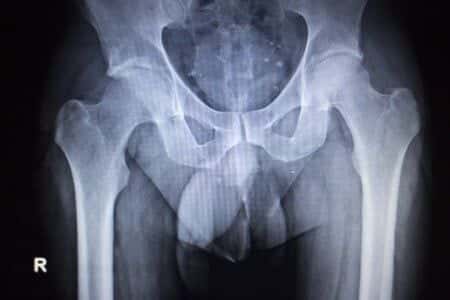Delayed Treatment of Broken Bone Leads to Permanent Disability
Updated on
Case Overview
This case involves a male patient who broke his arm during a game of basketball in Colorado. He presented to the ER where an x-ray of the affected area was obtained. The x-ray revealed a mildly impacted fracture of the patient’s wrist. The patient was then told to see an orthopedist, but when he presented the next day he was told that the doctor did not accept his insurance. He then presented to a primary care physician at another medical center who made him an appointment with an orthopedic specialist for a few weeks later and placed him in a soft cast. Some time later, the patient’s cast was coming off so he presented to the ER at a different facility and was given instructions to see an orthopedist specialist within two days, however he had to go back to his PCP to receive authorization and referral. He saw the orthopedist who examined him and said that it was too late to fully reverse the damage. The patient underwent a wrist osteotomy and was left with a permanent disability of his hand.
Questions to the Orthopedic Surgery expert and their responses
Do you routinely treat patients similar to the one described in the case?
This wrist fracture, most likely a distal radius fracture, is a very common fracture that I routinely treat and have published extensively on.
Have you ever had a patient develop the outcome described in the case?
I have extensive experience in treating these fractures including those repaired primarily and others requiring corrective osteotomies.
Do you believe this patient may have had a better outcome if the care rendered had been different?
Outcomes from such fractures of the wrist are directly related to a variety of factors, most importantly fracture alignment. If a fracture is poorly aligned, optimal alignment is best achieved with either closed or open techniques within the first 2-3 weeks of the fracture. Otherwise the fracture will heal malunited potentially requiring a corrective osteotomy, as in this case. Primary fracture repair typically yields better and quicker recoveries than a corrective osteotomy.
About the expert
This highly qualified double board certified orthopedic surgeon with a specialty in hand and upper extremity surgery has held many prestigious academic and clinical positions throughout his career. After completing his fellowship in hand and upper extremity surgery at Harvard, he became an attending physician at Mass General. He is currently the hand and upper extremity fellowship director, attending physician, and associate professor of orthopedic surgery at a major university medical center where he has published many peer reviewed journal articles, abstracts, and chapters on orthopedic surgery.

E-006760
Specialties:
Subscribe to our newsletter
Join our newsletter to stay up to date on legal news, insights and product updates from Expert Institute.
Sign up nowFind an expert witness near you
What State is your case in?
Subscribe to our newsletter
Join our newsletter to stay up to date on legal news, insights and product updates from Expert Institute.


